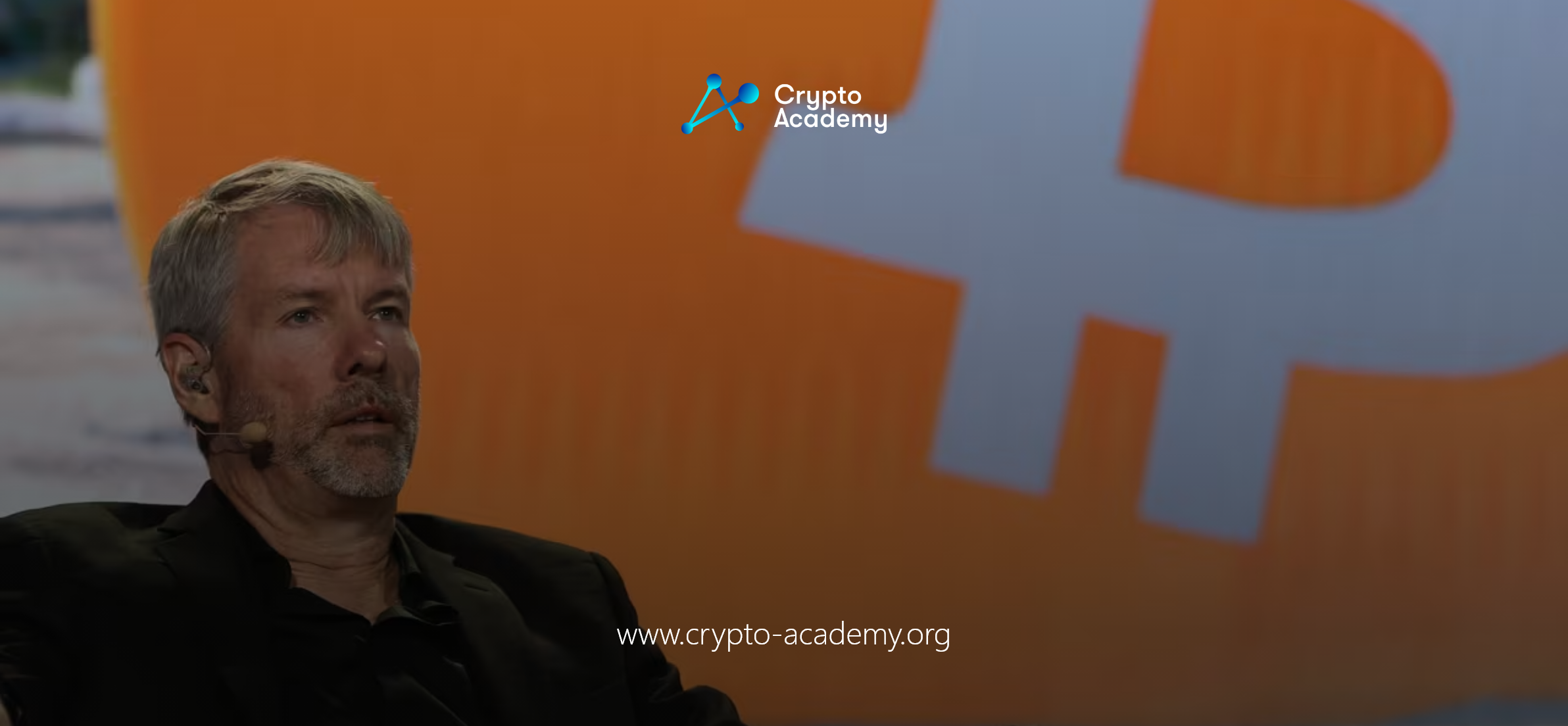Michael Saylor views Bitcoin as a digital asset for long-term wealth preservation, not just a currency.
Bitcoin has been a topic of heated debates and speculative investment strategies. Michael Saylor, the chairman of MicroStrategy, presents an intriguing perspective on Bitcoin, suggesting a shift in how we perceive this digital asset. Instead of viewing Bitcoin as a traditional currency, Saylor proposes that we consider it akin to a monumental edifice in the virtual world. This concept offers a fresh viewpoint on Bitcoin, positioning it as a cornerstone of digital property rather than a mere transactional tool.
Rethinking Bitcoin’s Role
The essence of Saylor’s argument centers on the potential for Bitcoin to transcend its current status as a medium of exchange. By likening Bitcoin to a valuable building that one might hold for a century, Saylor challenges investors to see beyond its immediate liquidity. He emphasizes the long-term value of Bitcoin as a digital asset, capable of safeguarding wealth across generations. This perspective not only redefines Bitcoin’s utility but also aligns with the broader vision of digital assets as enduring properties in the cyber realm.
Saylor’s insights shed light on a common misconception surrounding Bitcoin’s primary function. He clarifies that the real power of Bitcoin lies in its capacity to act as a digital store of value, a secure haven for capital in the ever-evolving digital landscape. This reimagining of Bitcoin’s purpose has the potential to pave the way for greater acceptance and integration of cryptocurrencies in major economies worldwide. Saylor points out that the adoption of Bitcoin as digital property could mitigate some of the controversies that have historically hindered its acceptance, particularly in regions such as the U.S., Europe, and China.
Bitcoin Versus Traditional Currencies
Delving deeper into the comparison between Bitcoin and conventional currencies, Saylor highlights the vast potential of Bitcoin as a digital asset. He contrasts the limited scope of currencies as mediums of exchange with the expansive horizon of assets as stores of value. This distinction underscores Bitcoin’s superiority in the digital age, offering a compelling argument for its prioritization over traditional monetary systems.
Moreover, Saylor’s commentary is complemented by perspectives from other financial leaders, including BlackRock CEO Larry Fink. Fink echoes Saylor’s sentiment, advocating for Bitcoin as a mechanism for wealth preservation rather than a direct competitor to national currencies. This consensus among industry experts signifies a turning point in the understanding and valuation of Bitcoin within the global financial ecosystem.
Saylor remains optimistic about Bitcoin’s trajectory, envisioning a future where it not only competes with but also surpasses gold as the ultimate asset. He praises Bitcoin for its universal appeal and ethical superiority, citing its decentralization and absence of corporate control as key advantages over traditional commodities. Despite previous market fluctuations, Saylor’s confidence in Bitcoin’s resilience and potential for growth remains unwavering. His assurance in Bitcoin’s unparalleled status in the asset world resonates with investors and enthusiasts alike, signaling a bright future for this digital titan.

